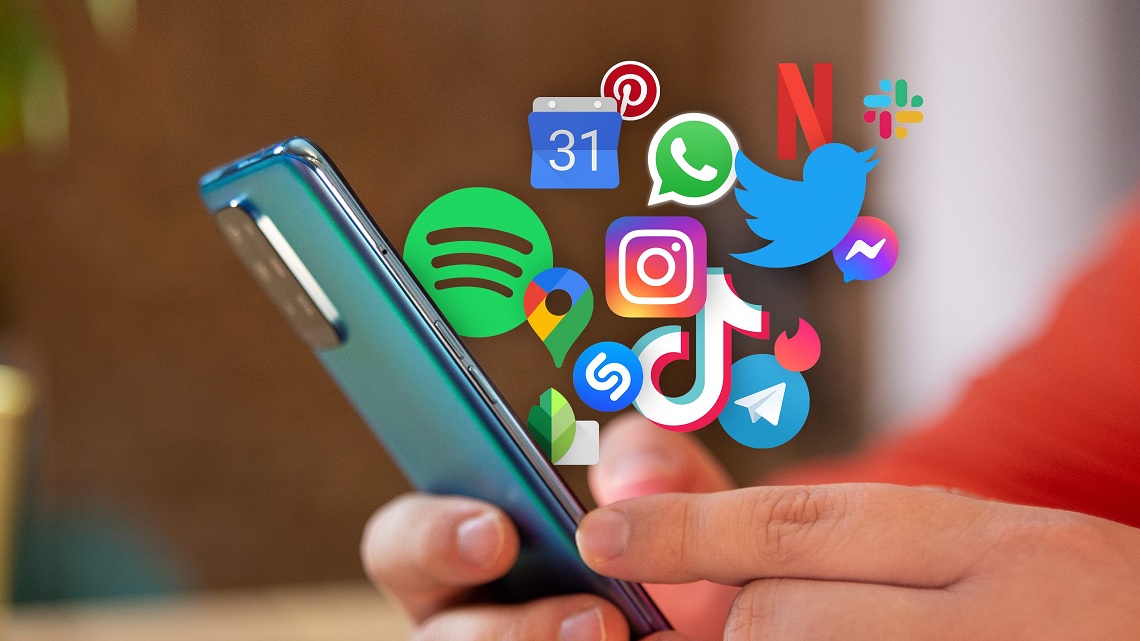When a team of developers under the open Handset Alliance conceived the idea for an operating system, you bet they didn’t imagine over 2.5 billion people would be using it 15 years after it was launched. Of course, you could argue that the backing of a technology giant like Google had much to do with it. But again, no one would want it in their phone if it weren’t a great product.
Today, the Android operating system powers most phones in the world. Over 75% of phones worldwide run on the Android operating system. Top phone manufacturers like Samsung, HTC, LG, Motorola, Nokia, and Huawei in their smartphones.
Apart from the apparent fact that Android offers excellent features for users, it is also popular because it’s compatible with many devices. As a result, some of the largest manufacturers of mobile phones prefer it over other operating systems. It is also clear that Android-powered phones are cheaper compared to, say, iOS phones. And then, the elephant in the room-Apple limits device manufacturers from using the iOS operating system
Table of Contents
A brief History of Android OS
Not many technological inventions get to dominate the world in under 20 years after their launch. The journey of the Android operating system started in 2003 when four colleagues (Rubin, sears, White, and Miner) first conceived the idea of creating a better operating system for digital cameras. How and why they quickly turned to develop a mobile phone operating system is a story for another day.
When Google got wind of the new invention with excellent prospects, Google decided to purchase the company in 2005 but retained the founders to keep working on the project. Did you know that the inspiration for the Android logo came from the famous sign on restroom doors signalling either “men” or “women” to go in?
In 2007, the first version of Android (1.0) was released after top mobile manufacturers and Google formed an association under the Open Handset Alliance to create stands for mobile devices: some of the members of this association include Samsung, Motorola, Dell, Intel, Google, Sony, and HTC. The beta version of Android OS was meant for only developers.
HTC was the first mobile device manufacturer to release an Andriod-powered phone (in 2008). In 2009, Samsung Galaxy and HTC Hero launched Android 1.5, code-named Cupcake. In the same year, the Android 1.6 code-named Donut was released. Over the years, several operating system versions have been launched; each new version comes with enhanced features and performance.
Some Android versions include Froyo, Eclair, Honeycomb, Gingerbread, Icecream sandwich, Jelly bean, Kitkat, Lollipop, Marshmallow, Nougat, Oreo, Pie, Android 10, 11, 12, and the latest is Android 13, code-named Tiramisu (it was released in 2022).
Exciting trends in Android App Development
As technology advances and users demand better experiences, developers constantly improve features and incorporate modern technology into the system. Below are key trends in the App industry worth noting.
Incorporating Artificial Intelligence and Machine Learning Technologies
Recently, the world has been awash with artificial intelligence and machine learning. Small and large organizations are employing these technologies to streamline operations, increase automation, and enhance efficiency. Although artificial intelligence and related technologies are still in the infancy stage, several tech companies are adopting them quickly. Several Android Apps have AI-powered features such as virtual assistants, virtual reality, and other automation features. It has been predicted that the AI industry will be about $190 billion by 2025. Anyone who closely monitors trends in the tech industry understands that the future of technology will largely be shaped by artificial intelligence. We have begun experiencing it with mobile Apps.
Interconnection of Different Devices
When Kevin Ashton first used the term internet of things, little did he know that it would be used to refer to the interconnection of devices. Most devices developed today have features that enable connecting with other devices. For example, most alarm systems come with mobile Apps that allow users to control the system remotely using their phones. There are cooking gadgets with built-in Bluetooth and wifi, which allows flexible control from your phone. Most devices today are internet enabled, which means, with suitable applications, they can connect to other devices over wifi or other internet networks.
The concept of the internet of things is employed in different industries such as healthcare, education, and e-commerce. Most developers are incorporating interconnection features into Apps because it enhances user experience by simplifying the management of other devices and improving safety and accessibility.
Democratization of App development
Gone are the days when you had to be well conversant in programming languages like Java, C++, C, Kotlin, and Python to create Android Apps. Several platforms have been designed to give people with no background in programming the ability to develop Apps. Developers create Apps through a graphic user interface. With drag and drop functionalities. The code for different features is automatically generated; you don’t even realize it’s happening. This is a what-you-see is what-you-get kind of system. As long as you are creative, you can develop powerful Apps using tools like Apple, Mobile Roadie, App builder, Flutter, MakeMeDroid, AppsGeyser, and many others. Mobile apps are not a preserve for large businesses with substantial marketing budgets. It is affordable and accessible for both small and large companies.
The Rise of Instant Apps
This technology allows users to try out apps before installing them on their mobile devices. In simple terms, it is like trying out clothes in a boutique. You only pay if you decide to keep the clothing. Instant Apps is a technology that allows users to get a taste of an app’s functionality. How often have you installed an app to realize it doesn’t do what you thought it did? I bet many times. However, that will not be the case with this technology.
Conclusion
The Android operating system has come a long way. Each year, innovations are introduced into the ecosystem, advanced features are introduced whenever a new version is released, and more people around the world hold Android-powered devices in high regard.


